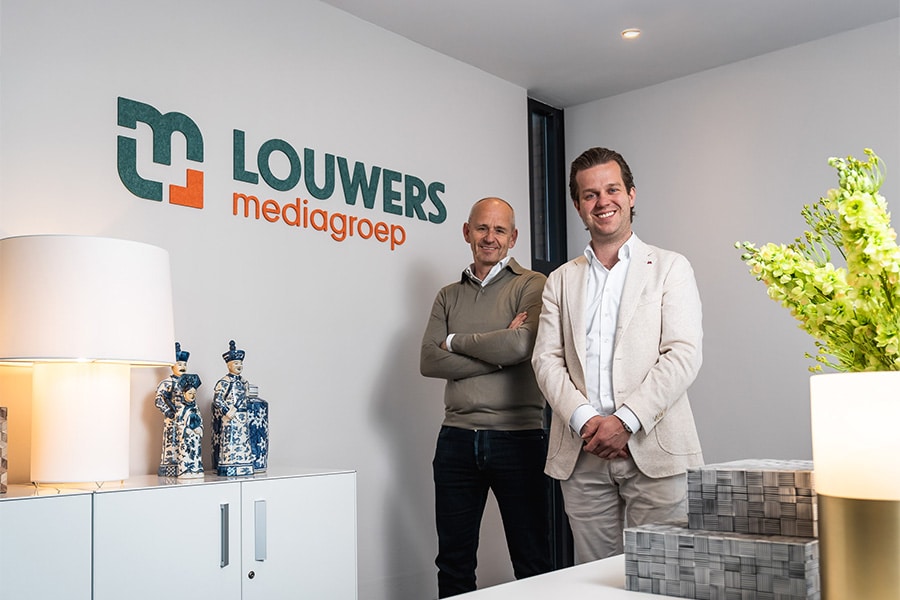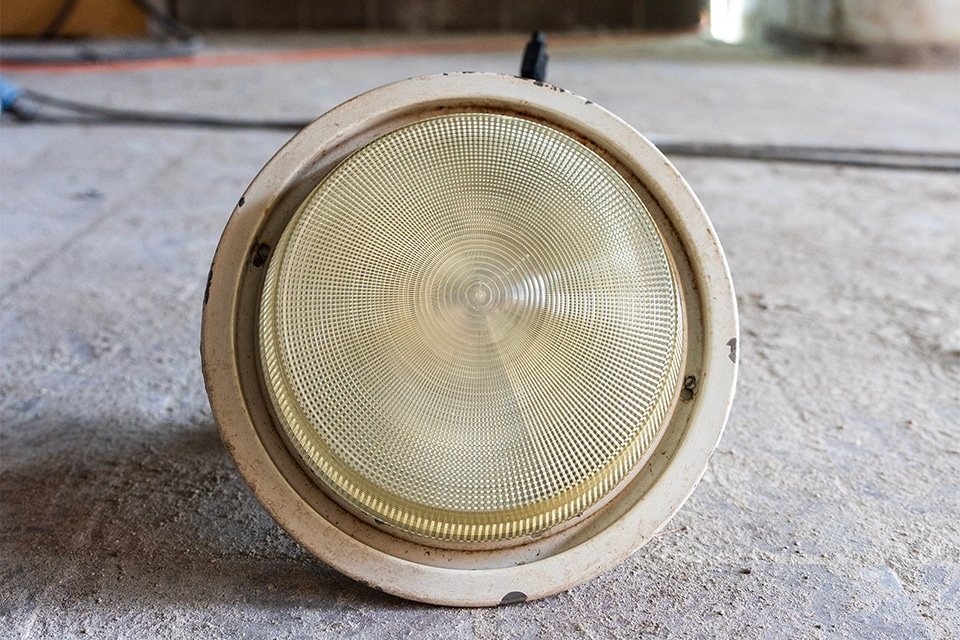
"With the right insight, you organize your own sustainability"
You want to become more sustainable, but where to start? Is it necessary to start immediately with a total approach based on comprehensive reports? Certainly not! Most owners or managers of utility buildings can create their own insights and take logical and feasible steps based on them. So says Roel Wever who, with the company CFP Green Buildings, developed the Sustainable Earning Tool for Remeha.
"As soon as an owner, user or manager wants to get started with sustainability, understanding your starting position is the first thing you need. This may seem difficult, but in most situations it is less complex than you think," says Roel Wever, partner at CFP. "Over the past 15 years, we and our consultants have energetically examined some 20,000 buildings inside and out and incorporated those experiences into online tools. We then link that information with basic information from the Land Registry's register, information from the agency that registers all energy labels, and with a few more databases. We brought all that information together in one central database with which we now actually know the energy performance of every type of building."
Unlocking information
Unlocking that database CFP visualizes through the Sustainable Earning Tool. The building owner can extract all information from this database. The same database is also the basis for the Sustainable Earning Portfolio, the same online tool that allows installers to manage the entire portfolio of multiple properties. "All the user, owner or installer has to do is enter the property's zip code and house number. Based on that, the tool creates a profile of the building, its current energy performance, as well as the measures the owner can take." CFP also uses the tool for its own customers, but thus also helps a large market player like Remeha to use the tool for their customers. "Especially for a supplier like Remeha, these tools fit particularly well, because they themselves offer many of the solutions that building owners can use to become more sustainable. In principle, the tool compiles the list of measures in a supplier- and technology-independent manner. That is, it presents a clear overview of all the measures one can take. It also shows the costs and payback periods. For Remeha, we have also made sure that their specific products are also reflected in any final advice."
Many diverse measures
The diversity of measures that building owners and installers can see with this tool is very large. Obviously, this depends on the condition of the building, but possibly also on the measures that the owner has already implemented himself. "We base our suggestions on a lot of input. An important starting point is generally the building codes in place at the time a property was built. But of course, an owner may have already made renovations and improvements. Those are often not known, and in that case the owner can easily enter those improvements into the Sustainable Earning Tool, and then those measures are incorporated into the suggestions."
With a sample project, Wever shows how the tool works and what the user will see. "The home page immediately shows an overview with the potential, annual savings and the additional investment this requires, compared to conventional replacement. The payback period and annual CO2-reduction measures can be seen in this overview. Then, a top five most-saving measures can also be found on this page. Those who dive further into the tool will be taken to a page with all the measures that are possible."
Detailed view
Those who grab the complete list in the tool will see that the building owner gets a detailed overview. That overview consists of several scenarios:
- A list of all, potential measures;
- Planned measures;
- Measures with a payback period of 5 years or less;
- Measures that contribute most to energy label improvement;
- Measures with the greatest CO2-reduction;
- Measures recognized by law.
Behind each measure, the owner can indicate the status: planned, executed or out-of-scope. That status is then incorporated into the overviews and lists. Also, the list indicates the impact on the energy label, and whether the investment should be made by the owner or the tenant.
"The biggest advantage of this tool is that it provides a clear roadmap; an owner or investor can immediately see what the sensible measures are and can schedule them at natural replacement times. Anyone who wants to make their building more sustainable has a good guide with this tool to take measures that will have the most impact if they want to make their building as economical as possible. You are literally at the controls of your own sustainability project. This also means that many people become enthusiastic and end up being increasingly fanatical about making their building more sustainable," concludes Wever.
"Installer and owner; everyone can manage their portfolio"
"The main added value of the tools we offer is that both property owners and installers can get started with sustainability in a low-threshold way," says Jeroen de Vries, commercial operations manager at Remeha.
"With the Sustainable Earning Tool, we primarily help the property owner and user to increase insight and determine for themselves what steps they consider feasible and desirable at what time. At the same time, we also offer the installer a handy tool with the Sustainable Earning Portfolio. With the Sustainable Earning Portfolio, each installer can enter and store the properties of multiple customers. He can then visualize the potential sustainability of all those projects but also monitor their progress. He can not only alert and advise his clients, but also keep an eye on whether and when certain investments make the most sense at natural replacement times."
One or more objects
The two tools can be accessed through separate URLs, but their operation and functionalities are largely the same. The main difference is that an owner usually enters and manages one or a few properties, and an installer can do so for the project sites whose maintenance he manages. "You can tell from everything that the market is demanding sustainability measures. A potential bottleneck is knowing where to start. What is low-hanging fruit, which measure has the most impact, which actions do I earn back the fastest? All these questions can be answered quickly and easily with the Tool and the Portfolio," says De Vries.
Getting sustainability going
"Our primary interest is to help market participants get sustainability going. We have a huge task in this country. We have an extensive network that we are happy to use to help achieve that task. With CFP's tools, we offer everyone tools and convenience; not only technically or in terms of investment, but also by making clear whether subsidies are available and what the impact is on CO2-emissions of a building owner. Installers can also see which of our products - boilers, heat pumps, solar water heating systems - fit a particular solution suggested by the tool. However, the information that building owners and installers enter is not visible to us. At least, not specifically per building or installer. What we can see, however, is anonymized, general information. So we know how often the tools are used, which measures in general have a lot of potential, and more such generic insights. Ultimately, our goal is to get that sustainability market running at full speed. With our tools, we remove barriers."



